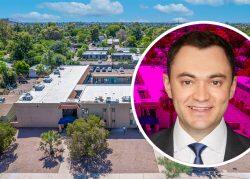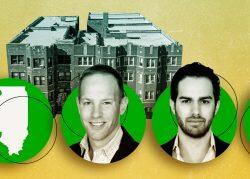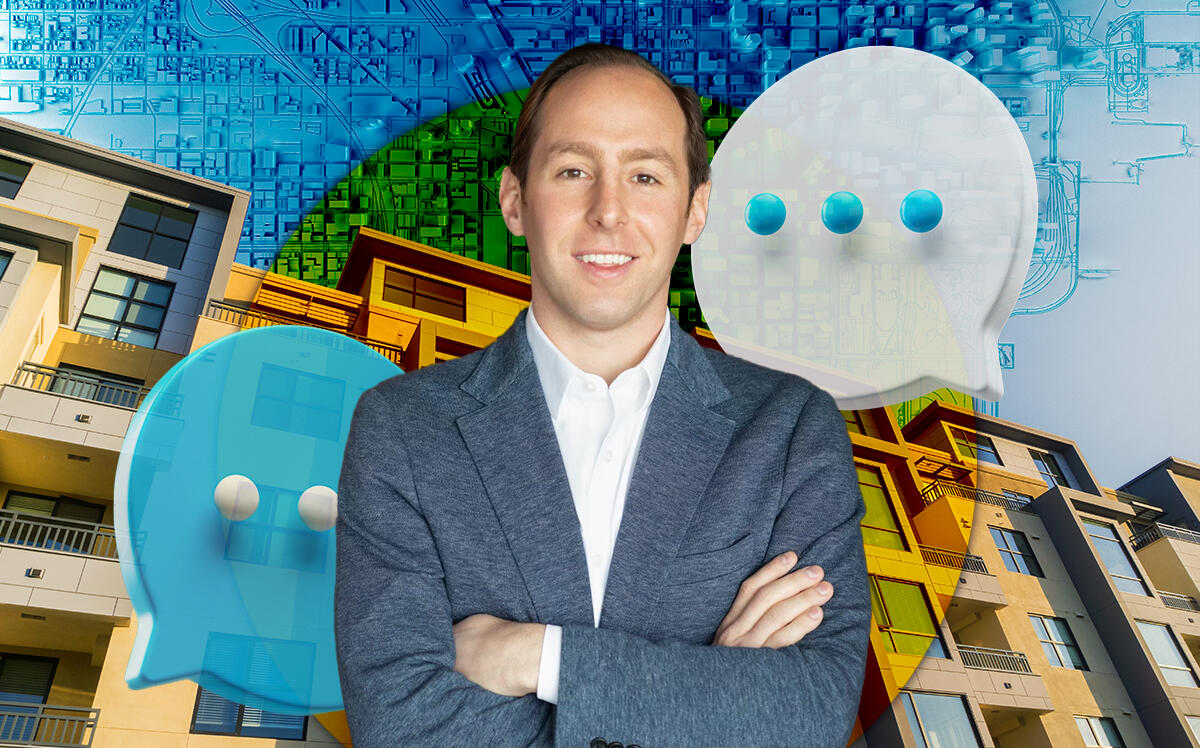Anthony Hrusovsky, former senior project manager at Sterling Bay, moved to Mavrek Development, a Chicago full-service developer and general contractor firm, where he is a partner.
Hrusovsky, who led large-scale projects at Sterling Bay, will focus on developing multifamily properties in downtown Chicago, expanding Mavrek’s portfolio of small apartment buildings. While Chicago’s high crime rates and property taxes are risks, he said the multifamily market isn’t deterred, nor are institutional investors, who are coming back after the pandemic.
Having been in charge of the development of McDonald’s headquarters in Fulton Market in 2017, Hrusovsky sees immense opportunities in the former meatpacking district following the lifting of the residential ban in 2020. He also expects multifamily property projects in the vibrant Portage Park neighborhood, in Uptown, the underdeveloped South Side, and small pockets in the Near North Side such as Lakeview and Lincoln Park.
Mavrek has a portfolio of 20 commercial properties, including multifamily and condo projects, that are either under development or completed, according to its website. The firm has a 100-unit residential development underway in Uptown and 280 units planned for downtown Chicago.
Read on for Hrusovsky’s take on investor sentiment for Chicago’s multifamily properties, neighborhoods with development opportunities, and developers’ concerns about Chicago’s high property taxes and corruption.
You previously led major projects at Sterling Bay, including the development of the McDonald’s headquarters in Fulton Market five years ago. What will your focus be at Mavrek Development?
Fulton Market is where I ran most of my developments. I was working on some developments up North in the Lincoln Yards area. I had also managed Sterling bay’s first out-of-market ground-up development in Miami. Moving forward with Mavrek, the focus will be not only in Fulton Market, but also in the neighborhoods. There’s a couple of large-scale downtown opportunities. My role at Maverick will be to source new deals and capitalize our developments as well as overseeing the execution of the developments from cradle to grave.
The lifting of the residential ban in Fulton Market in 2020 brought a slew of new multifamily projects in the district. What other areas are investors looking to capitalize on in addition to Fulton Market?
Prior to the ban being lifted, everybody was treating those properties as office only. When the ban was lifted, people started the planning process for multifamily, which can take a year to 18 months. So you’re seeing some of the product now under construction. I think there’s a lot that will happen in Portage Park, in Uptown. It’s similar to Fulton Market, where there’s restaurants, there’s nightlife, there’s a really cool theater there. So I think a lot of that pulls people in. When people like to be in a certain area, it’s easier to develop. That’s a lot of why Fulton Market became what it is. There are submarkets on the South Side where you’ll see things happening. Also, I think that there’s a lot of infill opportunities in Lakeview, Lincoln Park, in some of the Near North Side markets. These areas are more developed than Fulton Market, so it’s harder to find the right opportunities there.
High crime rates and property taxes are frequently brought up as factors that pose a risk to future development in Chicago. Have these affected bringing capital to the city?
Some investors have been deterred. But there are the groups of Contrarian investors who are active in Chicago. Those are the groups that can see the opportunity through those headlines. Chicago had some tough headlines during the past two years. Some institutional investors were not particularly keen on Chicago for those two years. They’re coming back. But the people who have been focused on the market are going to benefit from getting in at better terms than people that look at stuff in the next three years.
Mavrek’s focus seems to have expanded to large-scale multifamily projects in the city from rental buildings with fewer units previously. Do you expect a trend of large-scale apartment buildings in the city?
We’ll see more come online than in the past two, three years. There’s some investors who are looking for 30- to 75-unit neighborhood developments. Those people are often different than the groups that are looking for a 300-unit development. It depends on competitive advantage. The downtown groups oftentimes are a little bit more institutional, and the neighborhood groups, outside of the downtown, are oftentimes more high-net-worth individuals. They look in neighborhoods like Uptown, Portage Park, Lakeview, Bronzeville, and Hyde Park.
Some investors say the Chicago multifamily market hit its peak, looking for other markets like Phoenix and Salt Lake City where rents rose faster and more consistently. How do you see it?
While it’s true smaller cities are currently benefiting from investor focus, I would disagree with the sentiment that Chicago has hit its peak. There are still a lot of investors out there who love Chicago. It’s the third-largest metropolis in the country, home to some of the strongest corporations and institutions in the country, and has the best labor pool in the country. There’s no shortage of great investment opportunities in Chicago.
Read more


